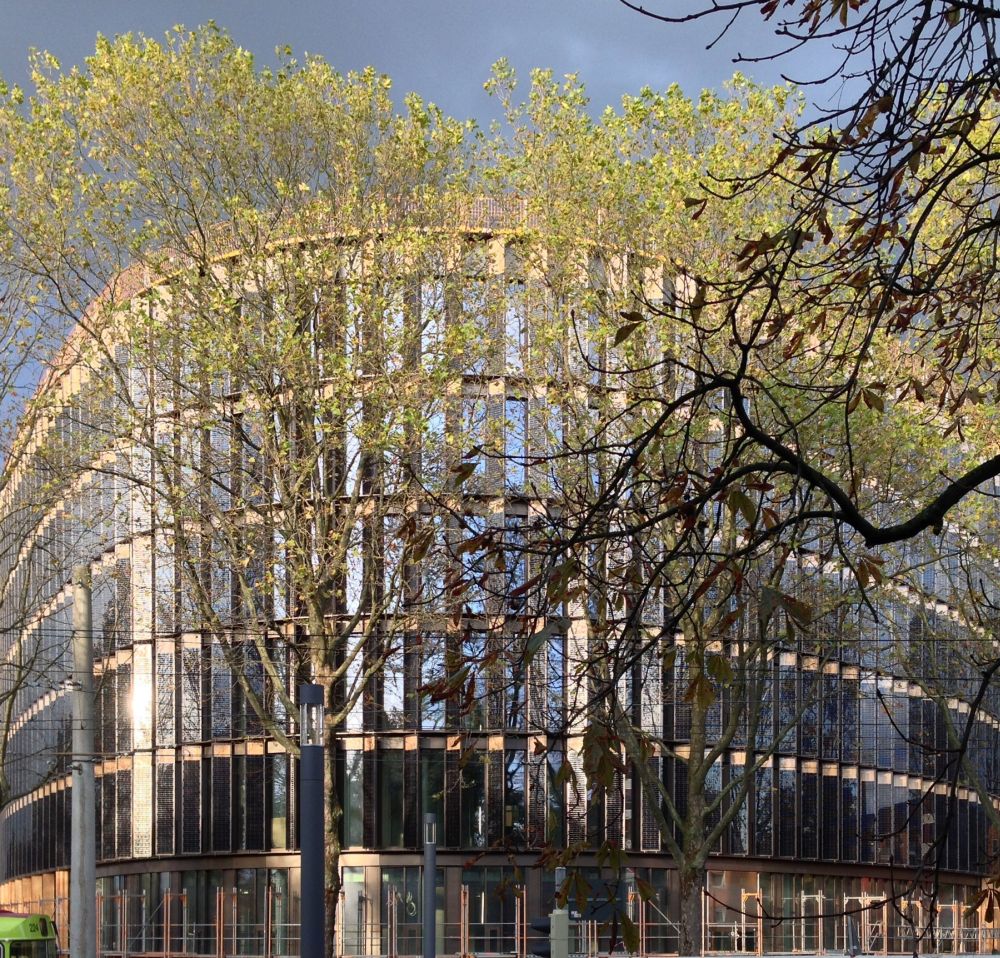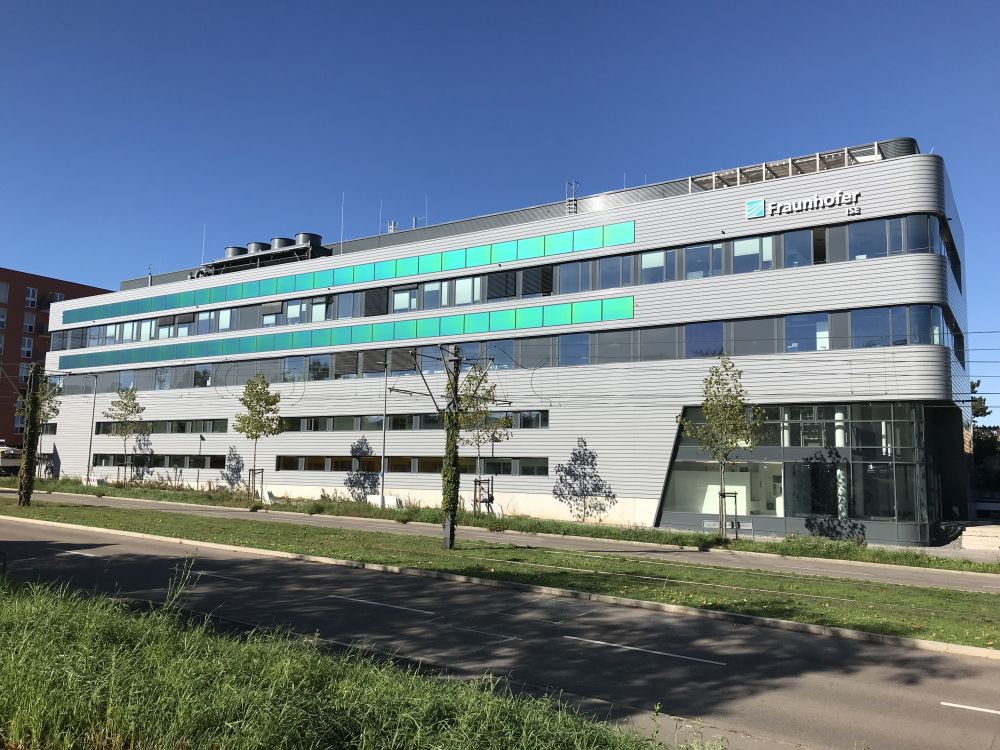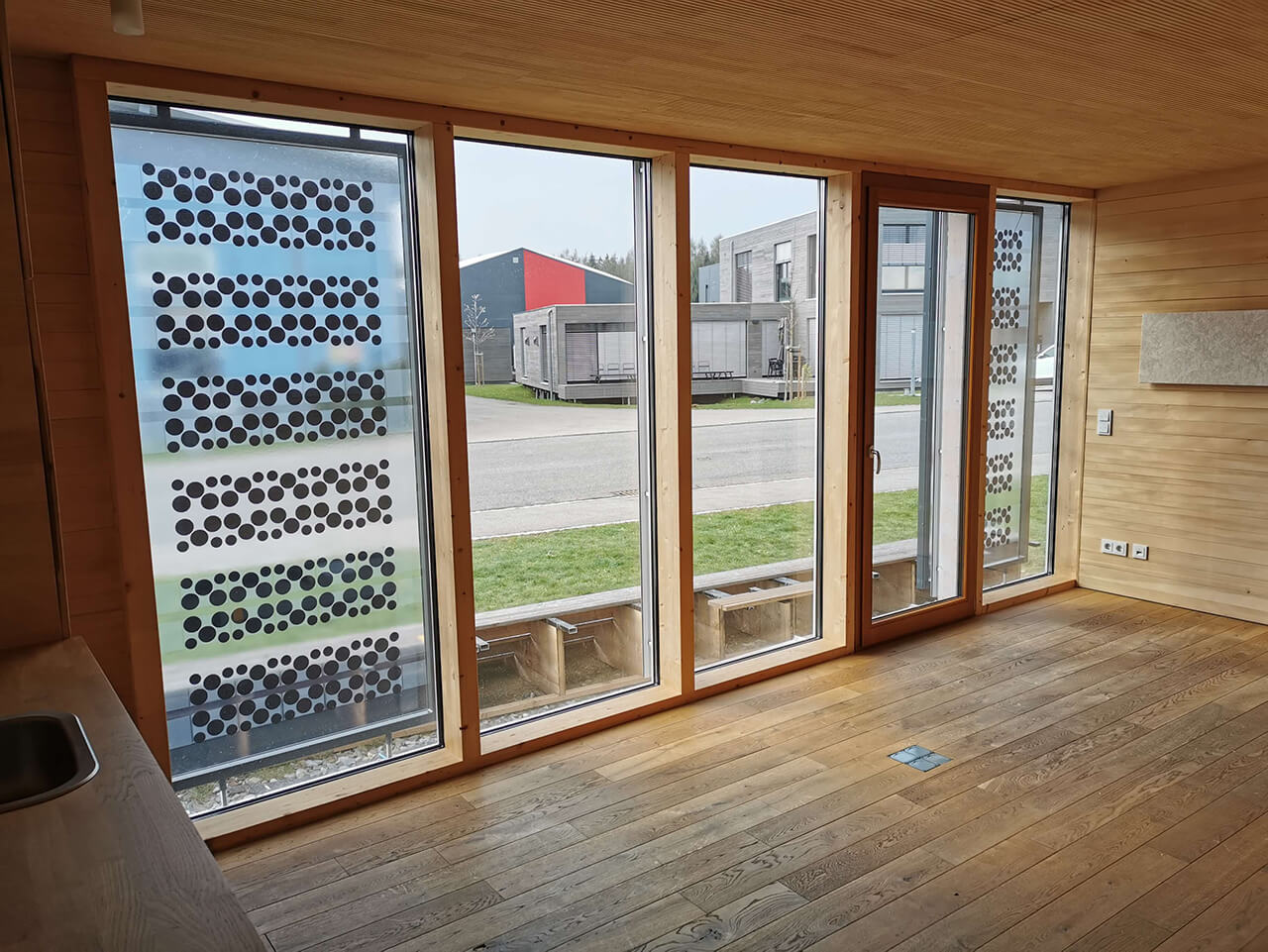| Duration: | 07/2020 - 08/2023 |
| Contracting Authority/ Sponsors: | Umweltministerium Baden-Württemberg |
| Project Partners: | Architektenkammer Baden-Württemberg (AKBW), Hochschule Konstanz – Technik, Wirtschaft und Gestaltung (HTWG), Zentrum für Sonnenenergie- und Wasserstoff-Forschung Baden-Württemberg (ZSW) |
| Website: | Architektenkammer BW BIPV; BIPV-BW |
| Project Focus: |
BIPV Initiative Baden-Württemberg (Building-integrated Photovoltaics)



Building-integrated photovoltaics, or BIPV for short, is a key technology on the future energy market. Solar-active surfaces are available, but the know-how about BIPV technologies is still not widespread and there is a lack of acceptance and knowledge among planners and the general public about how to build with solar-active modules.Four project partners are working on a research project aimed at supporting the expansion of building-integrated photovoltaics and promoting social acceptance for planning and building with building-integrated solar modules. The aim is to make the expansion of solar power generation on buildings with integrated roof elements and facade components more accessible as a mass market.
Building-integrated photovoltaics (BIPV) is an important field for the future and is becoming increasingly important. Areas are abundantly available, both on roofs and on facades. The solar building envelope could become the standard, but so far the broad market is lacking. For this to emerge, a high level of acceptance among the population is needed, among other things: This is because BIPV designs and changes buildings, and since it is to be used on a large scale, it changes the perception in the architectural space. In addition, efficient planning processes, a greater variety of products and the better development of legal regulations are lacking for a nationwide mass implementation of BIPV.
The 1.5-million-euro "BIPV Initiative Baden-Württemberg" project, funded by the Baden-Württemberg Ministry of the Environment, aims to eliminate these deficits and support a rapid expansion of BIPV. The four project partners, the Baden-Württemberg Chamber of Architects, the Constance University of Applied Sciences - Technology, Economics and Design, the Center for Solar Energy and Hydrogen Research Baden-Württemberg and the Fraunhofer Institute for Solar Energy Systems ISE, have developed a guide to the status quo of BIPV in Baden-Württemberg (Building Block 1). In addition, selected pilot projects are being accompanied to identify optimization potential and ensure knowledge transfer (building block 2). By 2023, a guideline on BIPV in Baden-Württemberg will then be drafted, with concrete recommendations to policymakers (building block 3).
The guideline of the BIPV Initiative Baden-Württemberg is published as a concrete planning aid on the Internet: Guideline BIPV. The guide was deliberately designed as a dynamic document, i.e. it is regularly updated and expanded.
Three chapters provide a comprehensive insight into the topics
- What is BIPV?
- Architecture with photovoltaics
- BIPV in the planning process
A compilation of information portals and module manufacturers round off the guide. Here architects and professional planners will find all the necessary information on BIPV, and at the same time it informs interested citizens. The overview of module manufacturers is intended as a living document: Module manufacturers, PV façade system suppliers and manufacturers of mounting systems are expressly invited to add their company or new products to this list.